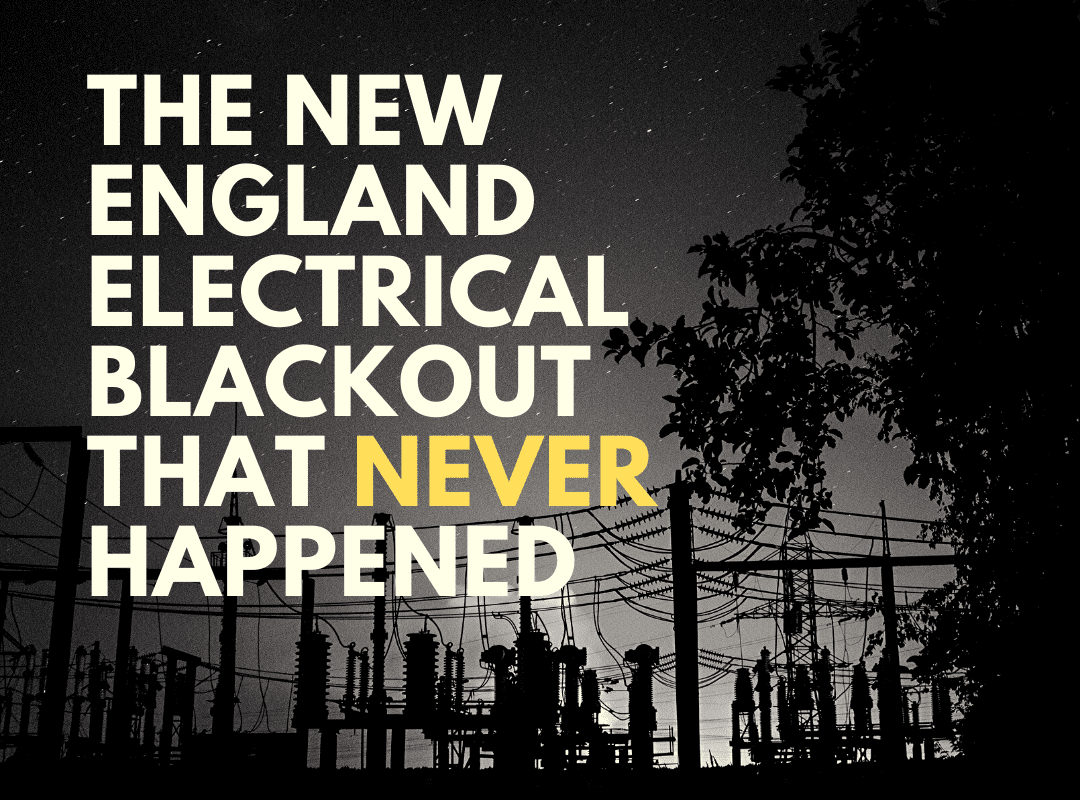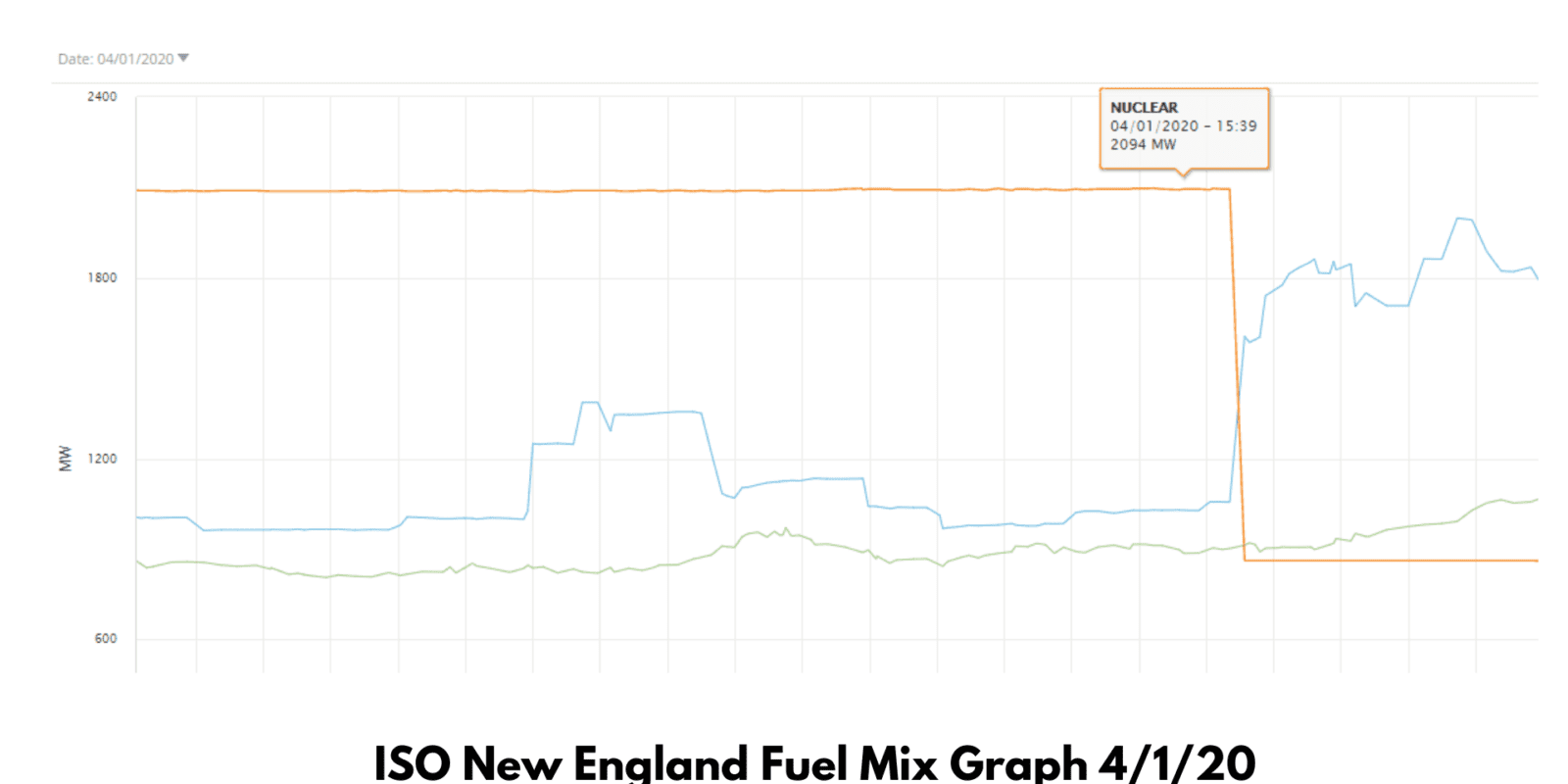

The New England Electrical Blackout That Never Happened
At 4:15pm on April 1, a fault in the switchyard of a New England nuclear plant caused the plant to trip offline. Despite the loss of over 1,200 MW of power, the equivalent of nearly half a million homes, the lights throughout the region didn’t even flicker. That’s because the region’s two pumped storage hydropower facilities instantly generated power to help make up the shortfall. Instead of a shortfall leaving hundreds of thousands of households without power, to most citizens in New England, nothing happened.
But for the men and women in western Massachusetts working at Bear Swamp and Northfield Mountain, that is hardly the case. Within seconds, thousands of additional cubic feet per second of water came pouring through their powerhouses. This is nothing new, however. In fact, it is part of the daily routine.
Bear Swamp and Northfield Mountain function as two enormous water batteries – they pump water uphill to a reservoir during times of low energy demand and then generate electricity when demand increases by releasing water back downhill. To put the sheer magnitude of these facilities in perspective, New England’s largest lithium battery, a 6 MW battery in Nantucket, can only provide 1% of the power of Bear Swamp and 0.5% of the power of Northfield Mountain.

The two facilities are arguably New England’s most important electrical resources for maintaining grid reliability.
In addition to providing substantial emergency reserves, pumped storage hydropower is also used to smooth out variations in wind and solar generation. As New England transitions towards a clean energy economy, pumped storage hydropower will continue to be an essential resource to keep the lights on.
Path to Clean Energy Vol 1
In this Issue…
-
The New England Electrical Blackout That Never Happened
-
In the face of COVID-19, Hydropower Operators Go Above and Beyond
-
Wait, What? Pumped Storage is More Affordable Than Batteries?
-
Decarbonizing America’s Grid: Umm, Not Without Hydropower…
-
Down to Brass Tax: Parity for All Renewables
-
What’s in the Hydropower Development Pipeline
-
California Sees Pumped Storage Hydropower as Key to Meeting Clean Energy Goals



